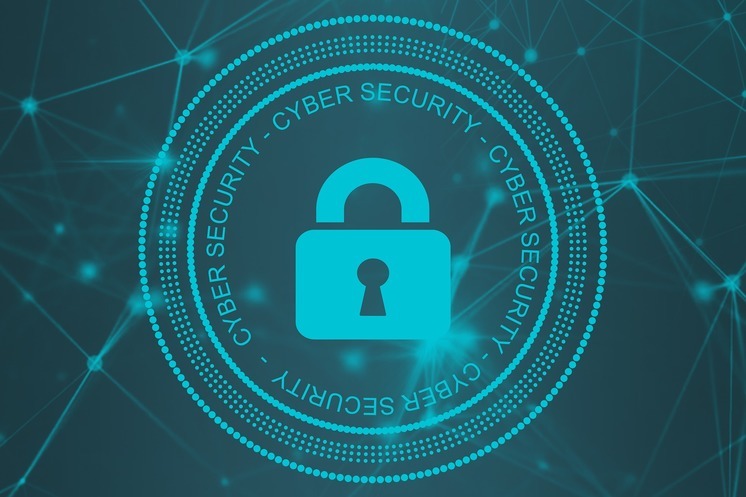Increasing Demands on Your Network
Technology and educational needs are constantly changing. New applications, initiatives, and security challenges can increase demands on your school’s entire network. Plus, exciting new advancements and challenges, like 1:1 solutions and online learning, can affect the performance of your network, applications, and services.

Network Readiness Checklist
Can your school be better prepared? Check out Cisco’s Network Readiness Checklist to see if your school network is prepared to handle and support new programs and initiatives! This checklist includes questions about bandwidth, wireless, online learning and video, security, and cloud services.
Bandwidth Questions
-
✓ How much bandwidth is required to support this initiative? How much bandwidth should come from cloud-based services versus from within your district?
✓ How do I ensure that enough bandwidth is available, regardless of what else may be happening on the network? How can I measure the bandwidth requirement of these other activities?
✓ How are the applications currently running on our network classified? Can I get detailed reports about their usage?
✓ Are the applications currently running on our network prioritized to handle the most critical functions first?
✓ How much real-time two-way video do we have inside our network?
✓ What is the utilization of our main Internet connection today? How much total bandwidth to the Internet is available today?
✓ How much total bandwidth is currently available between school buildings?
Wireless Questions
✓ Will this initiative (1:1, hybrid learning, online assessment, etc.) require that students use wireless devices at school? If so, will students need internet access and bandwidth at home?
✓ If students are using wireless, how many devices will be connecting to each access point?
✓ If students are using wireless, what is the wireless speed and performance standard (802.11b, 802.11b/g, 802.11b/g/a, 802.11n, 802.11ac, Wi-Fi 6)? Dual-radio or single-radio?
✓ Is the local network (routers, switches, and wireless controller) capable of handling all the aggregate traffic from the access points?
✓ How do student-owned wireless devices authenticate into the network?
✓ Is wireless network traffic encrypted between devices and access points?
✓ Do students or faculty complain that their devices sometimes “drop off” the network and can’t reconnect?
✓ How is the wireless network currently monitored for outages?
Cybersecurity Questions
✓ Are district wireless devices protected from malware, ransomware, and other security breaches, wherever they may be used, including at a student’s home? How are critical data systems protected, from both inside and outside attacks?
✓ Are school cloud resources protected from storing private student information inappropriately?
✓ How are security breaches (within the network and to connected end-devices) monitored and addressed if they occur?
✓ Is inappropriate student behavior inside the cloud services monitored and addressed proactively?
✓ Are we implementing content filtering to block access to inappropriate content?
How RTI Can Help
We hope this checklist helped you identify action points to further guide your network readiness. Contact the experts at RTI if you need more help determining if your school network is ready to support new programs and initiatives! We can help ensure you have a secure hybrid learning environment and help prepare your school network for what comes next!
Date Posted: 2/2/21
Date Last Updated: 2/2/21
By: RTI Marketing Team



